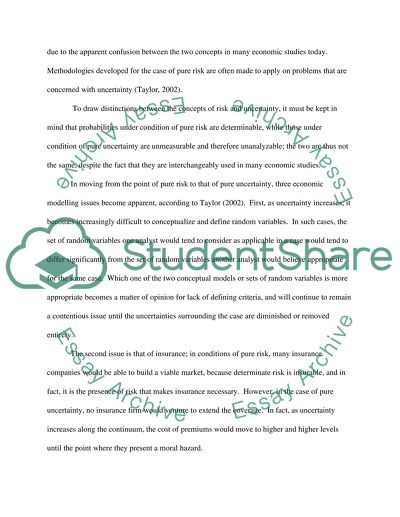Cite this document
(“Risk, Uncertainty and Profit by Knight Book Report/Review”, n.d.)
Risk, Uncertainty and Profit by Knight Book Report/Review. Retrieved from https://studentshare.org/literature/1513636-risk-uncertainty-and-profit-by-knight
Risk, Uncertainty and Profit by Knight Book Report/Review. Retrieved from https://studentshare.org/literature/1513636-risk-uncertainty-and-profit-by-knight
(Risk, Uncertainty and Profit by Knight Book Report/Review)
Risk, Uncertainty and Profit by Knight Book Report/Review. https://studentshare.org/literature/1513636-risk-uncertainty-and-profit-by-knight.
Risk, Uncertainty and Profit by Knight Book Report/Review. https://studentshare.org/literature/1513636-risk-uncertainty-and-profit-by-knight.
“Risk, Uncertainty and Profit by Knight Book Report/Review”, n.d. https://studentshare.org/literature/1513636-risk-uncertainty-and-profit-by-knight.


